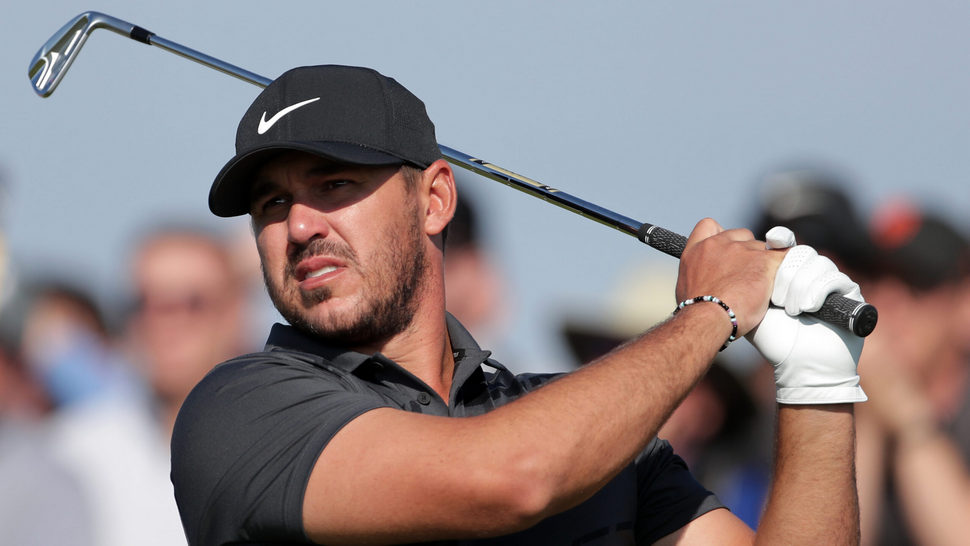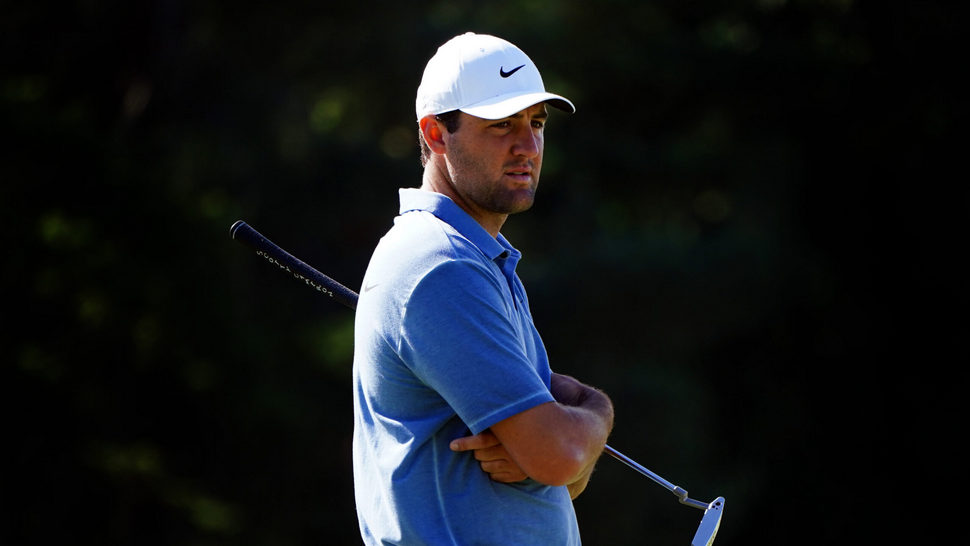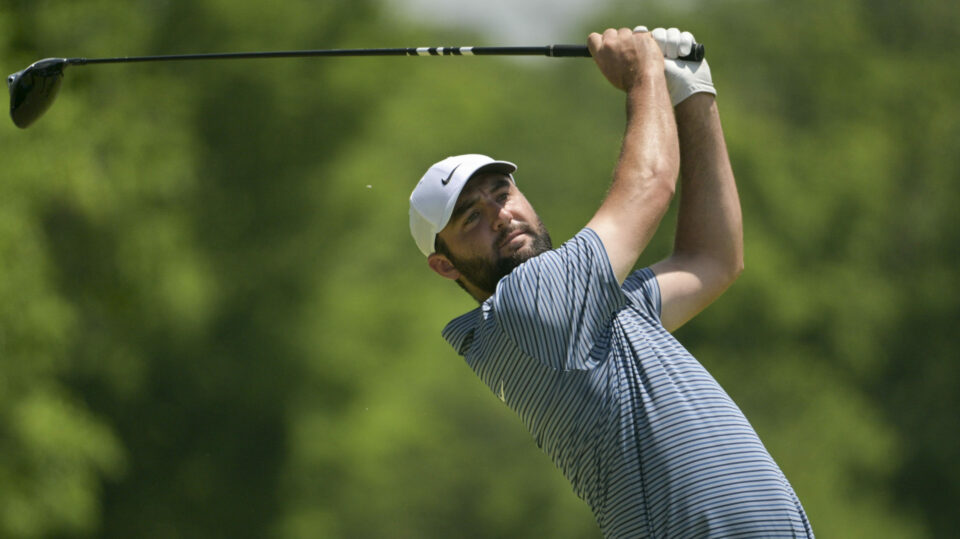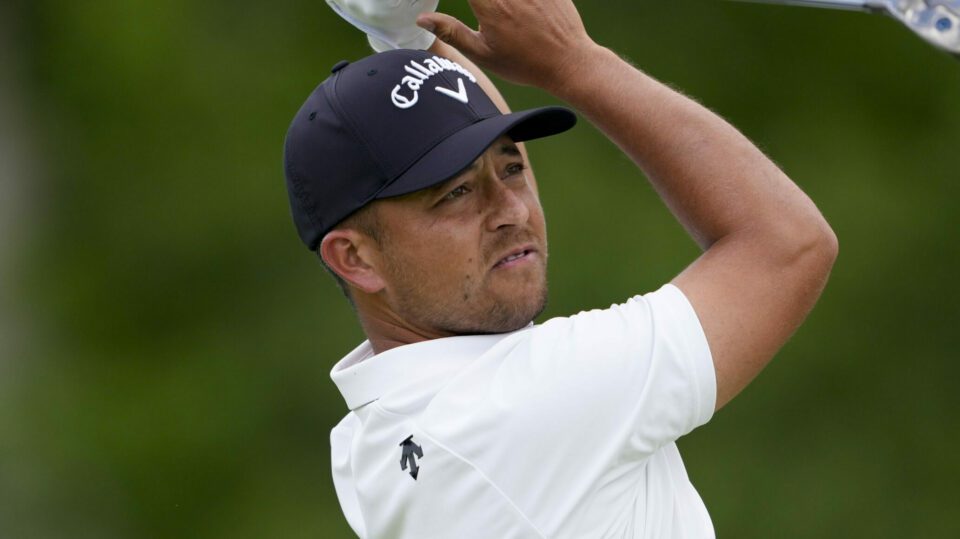HOYLAKE, ENGLAND. Professional golf today is far too much a showcase in predictability. Courses, with very few exceptions, provide a similarity in terms of the challenges posed. Rarely, does the pre-packaged formula vary greatly.
Those competing at the highest of elite levels embrace routine. They want to know that if they execute in a given manner the net result will be seen nearly 100% of the time.
The role of the major championships fortunately provides a much-needed deviation and no event captures uncertainty and unpredictability more noticeably than The Open Championship.
The DNA of The Open is a simple intersection in which the air and ground need to play a role in shotmaking. Since its inception back in 1860, The Open has always been played at a seaside course that weaves the magic in forcing players to make adjustments in a near constant manner.

The Scots are famous in saying the game of golf does not really begin until the ball hits the ground. Links golf is about maximizing creative thinking and marrying that with splendid execution.
In 2006 Tiger Woods brought forward a tour de force effort in capturing what likely would be his final Open victory with his standout performance at Royal Liverpool -- the host course for this week's championship.
The 15-time major winner assessed the character of the host course before commencing play and realized avoidance of the coffin-like bunkers was more important than attempting to drive past them. He opted to use his driver only one time during the 72-holes and that came in the first round at the par-5 16th.
The ball-striking by Woods was a virtuoso performance. Plotting his way around the storied links at Hoylake and calculating to the finest degree on how the ball would behave upon landing. The famed golf writer Bernard Darwin said of Royal Liverpool -- "blown upon by mighty winds, breeder of mighty champions." Woods certainly demonstrated that with his superb skills.
Links golf is about invention and no player best personified than Woods. Knowing when and where to attack and then choosing the appropriate club when doing so is what makes links golf so enriching at times and maddening at others. The modern pro game overwhelmingly showcases power golf. Hitting driver at nearly every opportunity and bludgeoning golf courses into submission.
Links golf can be benign at times. Without serious winds interceding a links course is clearly vulnerable to low scores. But when the conditions flip -- as they often do -- the mark of a golfer is then called upon to bring to the forefront a vast array of shots in order to keep hopes alive.

Related: Behind the Architectural Curtain - Royal Liverpool Golf Club Pt.1

Patience is a key trait when any links course is played. There will be time when a good shot is detoured by a bad bounce and causes the ball to find the most atrocious of situations. Conversely, there are times when what appears to be a poor shot can be helped by a favorable bounce and the end result can be a positive outcome.
Taking matters in stride and keeping an even keel is no small task. Bad breaks are a normal series of events on a links course. Being able to place them in one's rear-view mirror during a round can prove to be a daunting task.
Clint Eastwood's famous line from the Dirty Harry movie Magnum Force where "a man's got to know his limitations" is the core of what makes links golf so fascinating. One needs to understand the situation presented and apply the appropriate solution in total alignment with the skillset you possess.
This week's Open Championship at Royal Liverpool provides a venue that salutes shotmaking -- not a mindless slashing at a golf ball. Past champions have included a who's who among golf stars with the likes of Walter Hagen, Bob Jones, Pete Thomson, Roberto De Vincenzo, Tiger Woods and Rory McIlroy among the past champions.

The invention of shots is a central dimension to Links golf. Club selection can feature a wide array of choices. On certain days a yardage of 125 yards may be nothing more than a soft wedge shot but if winds should be ferocious the gulf for club selection can be magnified greatly. Players are always aware of the need to marry the proper club in concert with the requisite trajectory.
The luck of the draw is another central element for any competitor in The Open. Some who start in the morning wave of players may have ideal conditions with little or no wind. Those in the afternoon side of the draw may encounter a complete flip of conditions with wind switching directions and velocities and adding to the discomfort with pelting raindrops. The same situation can equally happen in the reverse order. The most noted happened in 2002 when Tiger Woods was searching to complete a calendar Grand Slam and he arrived at Muirfield after having won the first two events at Augusta National and Bethpage Black with The Masters and U.S. Open respectively.
The weather turned raw and Woods succumbed to an 81 score - his highest score in a major event.
Links golf can bring to the forefront a humbling experience at one moment and then on the very next shot highlights the absolute creativity of a player.
The soul of the game is found each July when The Open Championship puts the bright spotlight on links golf. The essence of the game stretches back to the times of Old Tom Morris and will once be on display for all those competing for the famed Claret Jug this week at Royal Liverpool.
Moments of exasperation followed by episodes of exhilaration. Links golf is the connector -- the glue that ultimately reinforces the game's central dynamic in bringing to the forefront the fullest range of talents a player can possess.
The lore of links golf - let it reign supreme.



